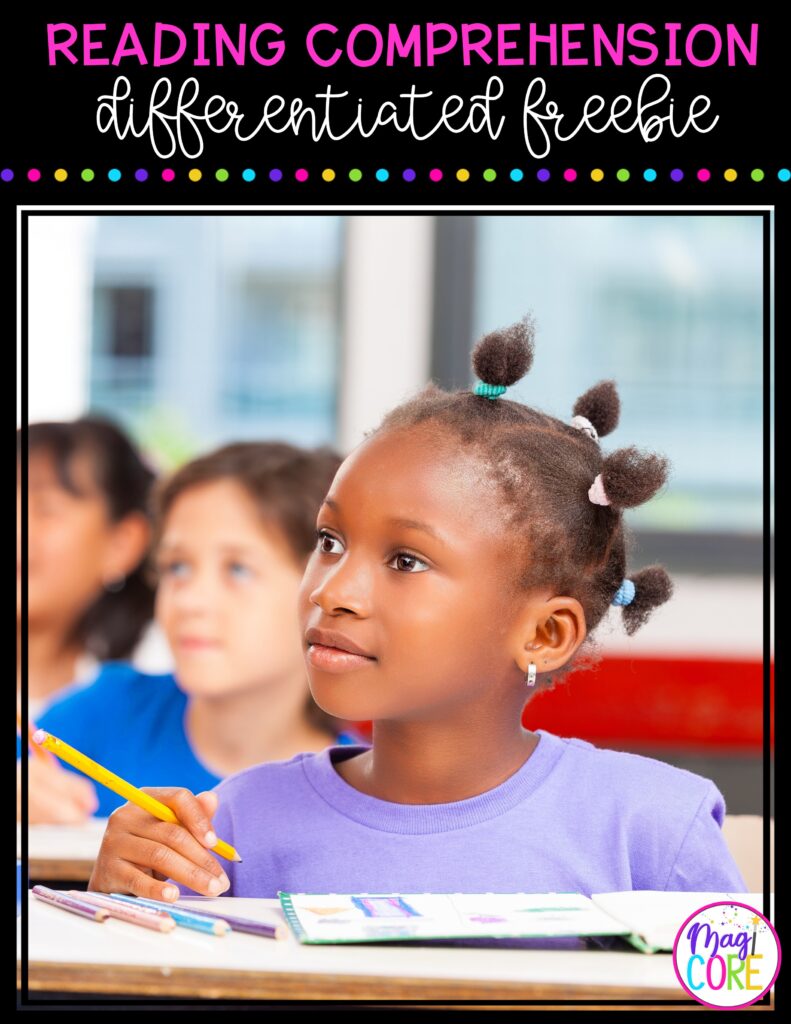Some public school teachers avoid anything to do with religion in the classroom. Some schools and districts even forbid celebrating holidays associated with a single religion. The reality is that sometimes it’s easier to avoid a subject rather than deal with questions and criticism from parents or administrations. But avoidance can be extremely difficult during religious holidays. Worse yet, avoidance deprives children of the opportunity to form a comprehensive understanding of diversity and culture. I believe it is important to teach about religion in your classroom, and it’s not impossible to do if you know how to teach it in an appropriate way.
Let’s start with many teachers’ biggest fear – the law. Teachers fear that even mentioning religion would be a violation of the Establishment Clause of the First Amendment of the Constitution. “Congress shall make no law respecting an establishment of religion.” Teachers in their official capacity are agents of the government because they represent the school, district, and/or school board. Teachers are also private citizens and have rights to free speech and free exercise under the Constitution; however, these rights are limited when acting in an official teaching or another government role. The basic rule is that teachers cannot teach religion in public schools.
Even though public school teachers are prohibited from teaching religion, they are free to teach about religion. Consider the difference. On one side, there is preaching or promoting a single religion or religion in general. On the other side, there is teaching about different cultures and religions, or about different cultural holidays that many times are based on religion.
Exploring diversity should be an important part of every classroom. Teaching about how others view the world differently helps our students become more tolerant and give them the opportunity to see diversity as a benefit to our society. To achieve this end, it is very important to integrate topics, resources, and lessons about different cultures in your classroom. Because religion is fundamental to many cultures, teaching about religion in the classroom becomes fundamental to teaching about diverse cultures. teaching about various religious holidays is a great way to explore various cultures and can become an important part of your overall diversity strategy.
It is important to also keep in mind that not all people or cultures associate with a religion. Be sure to address this from a neutral perspective and treat religion/non-religion without bias.
| Do | Don’t |
| Teach about a variety of religions | Only teach about one religion |
| Teach the value of diversity | Promote one religion over another |
| Teach nonreligion as a valid belief | Promote religion over nonreligion |
| Treat all religions as equal | Share your own religious views |
| Practice religious acts such as prayer |
Always keep in mind that never ok to share your own religious beliefs. Even though your religion may be a large part of who you are, children are impressionable. Sharing or teaching your own religious beliefs could be seen as promoting one religion.
Often, the laws regarding the separation of church and state are not followed in schools. Administrators and teachers think it is ok to have a moment for prayer or observe one religious holiday because the majority of students or teachers are of the same religion. While some people may not be bothered by small references and promotions of religion, it still sends a message of “otherness.” Those in the minority can be negatively affected by these types of messages, so it’s important to remain neutral and to treat all cultures, religions, and holidays with a similar level of respect and commitment.
Whether it be during the holidays or any time of year, ensure that you ARE teaching your kids about culture, which religion can be a large part of. But, do not teach about one religion exclusively. Use your lessons to send a message of diversity and inclusivity.
Integrating resources that explore different cultures can help teachers who are otherwise tentative to cover diverse cultures or religious holidays in the classroom. My Virtual Field Trip to Saudi Arabia for Ramadan is perfect for teaching your students about the culture and history of the Ramadan holiday. It is a great example of how you can teach about various cultures, including religious holidays.

We strive to create resources that empower teachers and transform student success. We create skill-focused resources that promote critical thinking, enhance student engagement, and incorporate diversity. Our goal is to develop the tools teachers need to reach their students and foster a lifetime of learning.
